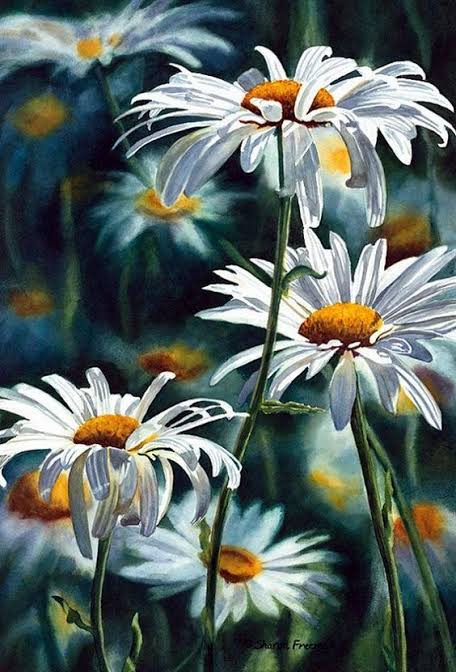Watercolor painting has long been celebrated for its dreamy, fluid strokes and delicate layering of colors. Among the most popular subjects are flowers, which perfectly capture the beauty, vibrancy, and softness that watercolors are known for. Whether you’re an artist looking to improve your skills, a beginner exploring creativity, or simply someone who appreciates beautiful floral art, this guide—💡 A creative guide to watercolor flowers paintings – unique and stylish!—will inspire and equip you with practical ideas and techniques.🌷 Why Watercolor Flowers?Versatile subject: Flowers suit every style, from minimal to detailed botanical studies.Relaxing process: Soft washes and blending provide a calming painting experience.Stylish décor: Finished pieces make elegant wall art, greeting cards, or gifts.Skill-building: Practicing flowers improves brush control, color blending, and composition.🎨 Essential Materials for Watercolor Flower PaintingWatercolor paints: Start with a basic palette of primaries plus greens and purples.Brushes: Round brushes (sizes 2–10) for petals and fine liners for details.Watercolor paper: Cold-pressed 140 lb (300 gsm) for texture and durability.Palette & water jars: For mixing colors and rinsing brushes.Pencil & eraser: For sketching light outlines before painting.🌸 Techniques for Painting Watercolor Flowers1. Wet-on-Wet TechniqueApply water to the paper before adding pigment. This creates soft, flowing blends—perfect for petals like roses or peonies.2. Wet-on-Dry TechniquePaint directly onto dry paper for crisp, defined edges. Ideal for tulip or daisy petals.3. Layering (Glazing)Build up transparent layers of color to create depth and realistic shading.4. Dry Brush TechniqueUse a nearly dry brush to add textured details, like veins in leaves or rough petal edges.🌼 Popular Flower Ideas to TryLoose & Abstract FlowersQuick strokes for petals and splashes of color.Great for beginners and modern, stylish wall art.Botanical StudiesDetailed, realistic flowers like lilies, orchids, or sunflowers.Perfect for learning anatomy and precision.Whimsical FloralsPlay with exaggerated colors and shapes.Lovely for greeting cards or journals.🖼️ Stylish Ways to Use Your Watercolor Flower PaintingsWall Décor: Frame and hang them in living rooms, bedrooms, or studios.Stationery: Turn them into greeting cards, bookmarks, or invitations.Fabric Prints: Scan and print onto textiles for unique scarves or tote bags.Digital Artwork: Digitize your paintings for social media, printables, or patterns.🌟 Practical Tips for SuccessExperiment with colors: Don’t limit flowers to realistic shades; try bold, artistic palettes.Use references: Study real flowers or photos for inspiration.Practice brush control: Petals often come from a single, confident stroke.Play with negative space: Leave parts of the paper white for highlights.Stay patient: Let layers dry completely before adding more detail.ConclusionWith their elegance, versatility, and timeless appeal, watercolor flowers paintings are a fantastic way to explore creativity while producing art that feels both personal and stylish. Whether you prefer loose, abstract blooms or detailed botanical studies, this 💡 creative guide to watercolor flowers paintings – unique and stylish! offers inspiration for artists of all levels.So, grab your brushes, choose your favorite flower, and let the colors flow—because beauty blooms best when it’s painted with passion. 🌸🎨✨

